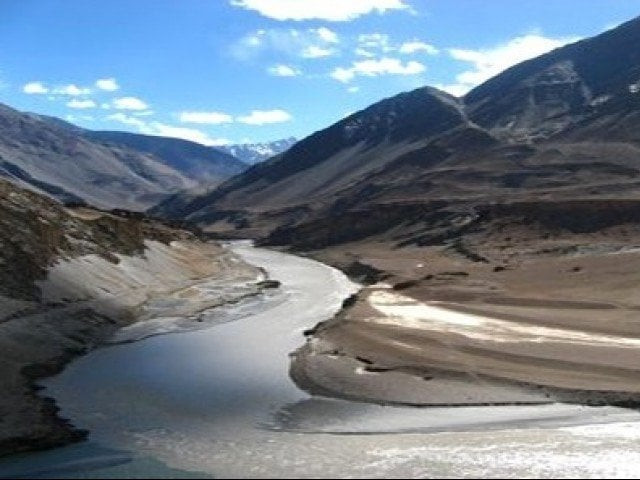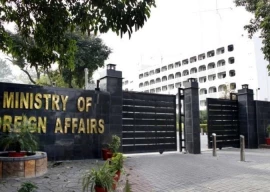
'Pakistan: Getting More from Water' report that the lender formally launched in Islamabad on Monday highlights the challenges arising from mismanagement of water resources. The report also offers solutions that include water pricing and phasing out subsidies to discourage use of water in four crops.
The report says large storage reservoirs can help improve some aspects of water security but do not address the most pressing water security issues. The findings come amid a national drive to build mega dams to preserve water.
Up to a quarter of the population may be at risk from arsenic contamination of drinking water. Floods and droughts also have significant social impacts, again affecting women and children the most.
Committee to meet on Feb 11 to decide water tariff for industries
The economic costs to Pakistan from poor water and sanitation, floods, and droughts are conservatively estimated to be 4% of its Gross Domestic Product (GDP) or around $12 billion per year.
The report also mentions that there has also been a small but important reduction in inflow from the eastern tributaries of the Indus because of development in India, which is permitted under the Indus Waters Treaty (IWT). The small but significant decrease in total Indus inflows appears to be largely a result of the increased water use in India on the eastern tributaries.
The report says only 16 countries have more water than Pakistan but because it is the world's sixth most populous country, water availability per person is comparatively low. There are 32 states with less water per person than Pakistan. Across these countries the average per capita GDP is 10 times that of Pakistan.
The report says Pakistan does not make the best use of its water endowment and water use is heavily dominated by agriculture. The four major crops, wheat, rice, sugarcane, and cotton that represent nearly 80% of all water use generate less than 5% of the GDP.
India stops unused water from entering Pakistan
Scant attention is paid to environmental outcomes from water in Pakistan and water-dependent ecosystems—rivers, lakes, wetlands, and the Indus Delta—are in rapid decline.
Water security in Pakistan is undermined by poor water resource management and poor water service delivery – including irrigation and drainage services – and domestic water supply and sanitation services.
It says no formal mechanisms exist within provinces for reallocating water between sectors to match shifting demands or to cope with extreme drought.
Domestic water supply coverage is high—especially for urban households, but coverage is declining because of rapid urbanisation. And although the coverage is high, the quality of supply services is poor—especially in terms of water quality and reliability.
The report says climate change is the biggest longer-term and currently unmitigated external risk to Pakistan's water sector. The climate warming is expected to increase water demands by 5% to 15% by 2047, in addition to the demand increases from population and economic growth.
It underlines that there is no single simple solution to address water security in Pakistan. It will take concerted effort on many fronts by all governments and water users over many years.
Large infrastructure gaps must be addressed, which require significant financial resources. Provincial-level water sector financing has increased in recent years, but federal financing has declined significantly in proportional terms.
Punjab govt drafts plan to provide clean drinking water
In the upper Indus Basin, accelerated glacial melting will increase the risks of dangerous glacial lake outburst floods. In the lower Indus Basin, sea level rise and increases in the frequency and severity of coastal storms will exacerbate seawater intrusion into the delta and into coastal groundwater.
It said a second overlooked risk is change in basin-scale river sediment dynamics.
The report said new reservoirs would deliver relatively modest additional yield, and the water supply benefits would not justify the significant financial costs. But new reservoirs will help mitigate floods and seasonal flow variations, both of which are expected to increase with climate change.
Although population growth is slowing, projections suggest Pakistan's population will exceed 300 million by 2047 and water demands will increase significantly.
The World Bank has given a dozen recommendations to address water scarcity and mismanagement issues. Half a dozen recommendations relate to improved water resource management, three to improved service delivery, and three are related to improved risk mitigation.


















COMMENTS
Comments are moderated and generally will be posted if they are on-topic and not abusive.
For more information, please see our Comments FAQ